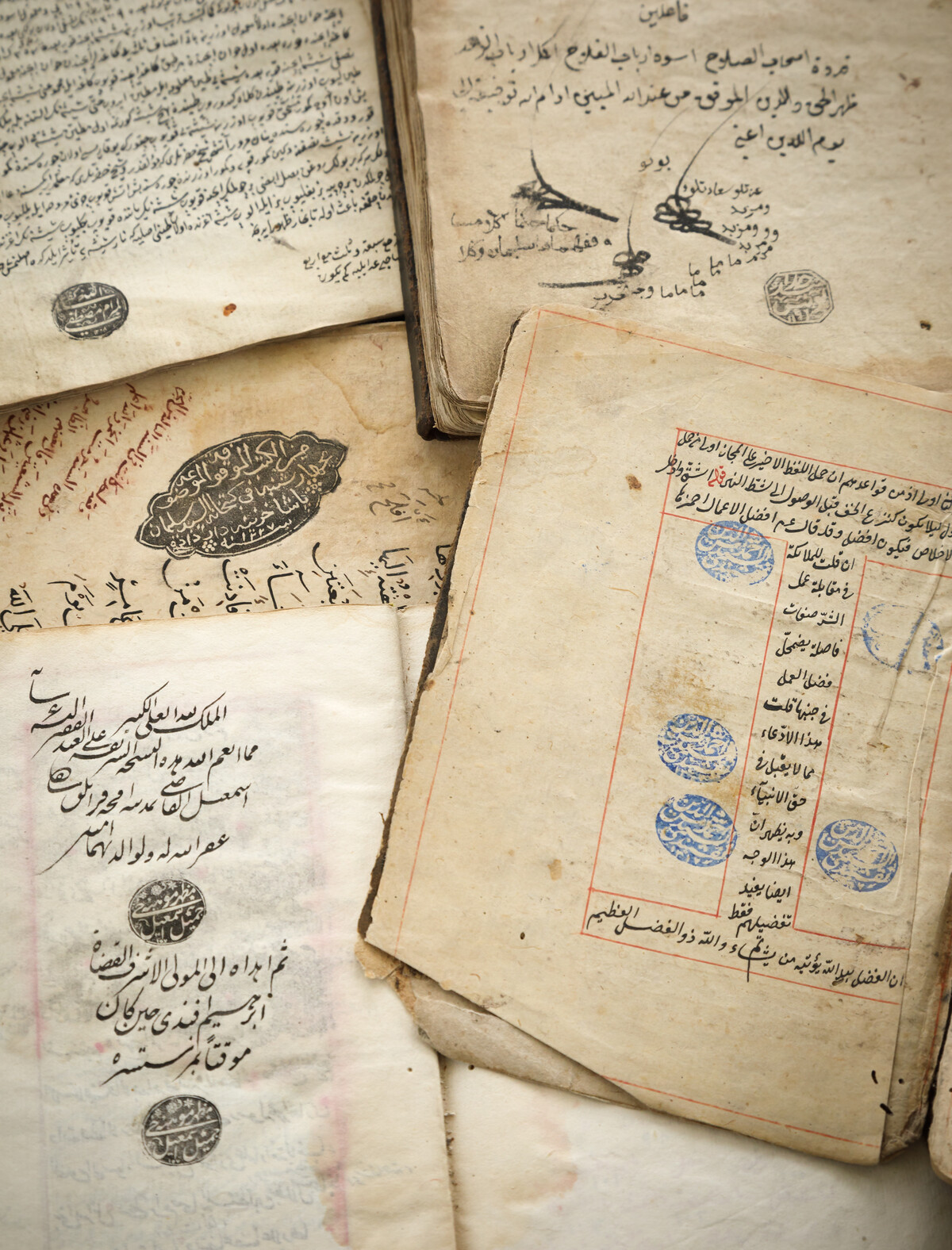Orient
New acquisitions
The current new acquisitions of printed publications in the general collection can be viewed here.
In accordance with its new acquisition profile, the Oriental Department also continuously acquires new manuscripts and materials for its special collections.
We have compiled a brief overview of the most interesting new acquisitions here:
- Collection of Jewish Displaced Persons
- Hebrew Manuscripts
- Syriac Manuscripts
- Armenian Manuscripts
- Indian Manuscripts
- Persian Manuscripts
- Arabic Manuscripts
The new acquisitions were also described in articles in the library magazine.
Bibliotheksmagazin 1/2019 (S. 5 - Vom Sammeln und Bewahren im 21. Jahrhundert)
Bibliotheksmagazin 3/2020 (S. 13 - Die Staatsbibliothek zu Berlin erwirbt für ihre Orientabteilung bedeutende Hebraica)
Vaad-Hatzala edition of the Psaumes from the collection of Displaced Persons (DPs)
The Staatsbibliothek zu Berlin – Preussischer Kulturbesitz has succeeded in acquiring a rare edition of the Book of Psalms for its collection of Displaced Persons.
The edition was published in Munich in 1948 by Vaad-Hatzala. Vaad-Hatzala is Hebrew and can be translated as "rescue committee". This committee was founded in the United States in 1939 by the Agadas Harabonim, the Union of Orthodox Rabbis .
Die Ausgabe wurde 1948 in München vom Vaad-Hatzala herausgegeben. Vaad-Hatzala ist Hebräisch und kann als Rettungskomitee, Komitee für Rettung etc. übersetzt werden. Dieses Komitee war 1939 in den Vereinigten Staaten von der Agadas Harabonim, der Union der Orthodoxen Rabbiner gegründet worden. His initial goal was to support Jews from Poland and Lithuania. After the war, the Committee became an important helper in the chaotic post-World War II Germany. Many Jews who had survived the war as partisans, in the underground or in concentration camps were stranded in the camps of the American Zone. Although they mostly wanted to leave the country of persecution as quickly as possible, there was no "quick" possibility for them to emigrate to the USA or Palestine, mainly due to the restrictive immigration policy and the difficult situation in the Middle East.
In order to make their "waiting time" for exile bearable, the Vaad-Hatzala stood up for the bare necessities, above all they tried to provide books for the people they had to do without during the years of persecution.
The books were mainly religious works, but also fiction and practical literature were printed, mostly on bad paper, which is why the Staatsbibliothek zu Berlin has started a large-scale restoration project together with the Verein der Freunde.
Our psalm edition is in some respects an exception, because it is quite well preserved and contains – a special feature – thirteen very colorful illustrations signed by Osiris.
The picture shows the famous Psalm 107 – "Give thanks to the Lord; for he is kind, and his goodness endures forever."
The symbolism used is eloquent: the chains are broken, one sets off by ship to the land of promise, but the journey is difficult.
Another special feature of the edition can be found in the typography: In the right of the word Sefer (book) there is a dot, both on the cover and on the title page.
The dot in the Resch of the word Sefer is very prominent and certainly not accidentally came to its place. Philologically, a point in the Resch makes no sense. Does anyone know why this point is here? Again, we would be grateful for hints.
Undzer Hofenung
The camp newspapers are particularly important for understanding the displaced persons. Few of them have survived, which makes it all the more important that the Staatsbibliothek was able to acquire comprehensive holdings from two newspapers: von Undzer Hofenung and von der Bafrayung.
The camp newspaper Undzer Hofenung (Our Hope) is the governing body of the surviving Jews who arrived at the DP camp Eschwege Airbase and were cared for by the Allies as well as possible in the chaotic post-war times. The camp was opened in January 1946, and the first issue of Undzer Hofenung was published on 4 June 1946. The Staatsbibliothek was able to acquire all issues from 4 June 1946 to 31 January 1947.
The language of the newspaper is Yiddish, the colloquial languages of the DPs, the majority of whom came from Eastern Europe. Yiddish is written with Hebrew types, but in Eschwege these were initially not available, so Latin types were used. It was printed in a house on the Schulberg in Eschwege, which was originally connected to the local newspaper.
Pictured is the first issue Dinstog, June 4, 1946 [according to Jewish count, 5-er siwon 5706 Erew szowues – i.e. on the eve of Shavuot, the Jewish Feast of weeks, a harvest festival, siwon is the Jewish month of Siwan, which begins in mid-May, and 5706 is the Jewish year, which corresponds to 1946.]
Der „Acting Director“ C. L. Grant der U.N.N.R.A. begrüßt die neue „wechentliche cajtung“!
Hinter der Abkürzung U.N.N.R.A. verbirgt sich offensichtlich die „United Nations Relief and Rehabilitation Administration“ (eigentlich U.N.R.R.A.), eine im November 1943 gegründete Hilfsorganisation, die das Lager unterhielt und verwaltete.
Bafrayung
From this Yiddish newspaper, which was published in Munich from 1947 to 1948, 80 of only 97 issues published at all could be acquired in the original publisher's bindings. Unlike Undzer Hofenung in Eschwege, the Bayfrayung was printed with Hebrew letters, which were available in Munich. The first issue appeared on January 15, 1947. It was published by Poale Zion (Poalei Tzion "Workers of Zion") in "Deitshland", a Zionist movement. It was initially printed by the Landsberg publishing house Martin Neumeyer in Landsberg am Lech. Later it was printed by the Süddeutscher Verlag itself.
The newspaper was initially published every two weeks, later every week. The focus of the reporting was mainly on topics related to politics in Palestine and the founding of the state of Israel, but also local problems of the DP camps in Germany. The last page of each issue was devoted to the news of the Zionist movements in the German DP camps and various classified advertisements.
Politically, the Bafrayung was the most radical mouthpiece of the socialist Zionists from the German DP camps. In addition to the important articles, advertisements and camp announcements, valuable image material from the DP camps has also been incorporated.
Pictured is the issue of May 14, 1948, the day of the founding of the State of Israel:
Under a quote from Herzl, the main headline reads: "The Jewish state is proclaimed!" ("Di Jidishe medine vert proklamirt").
be-Gerush Kafrisin
The stony path of the DPs from the European camps to Palestine or Israel is also shown by another new acquisition of the State Library: a large-format book with the Hebrew title be-Gerush Kafrisin – in exile of Cyprus, which contains 26 linocuts. It probably appeared in 1948.
Palestine had been administered by the British since 1920 by a League of Nations mandate, which strictly limited Jewish immigration. As a result, an "illegal" immigration movement (Ha'apala) developed, which, among other things, organized ships to bring the DPs to Palestine. These ships were intercepted by the British and their passengers forcibly transferred to camps in Cyprus, which existed from 1946 to 1949.
As the linocuts in be-Gerush Kafrisin document, life in the refugee camps was hard (lack of water – for example, there is also a sheet dedicated to the topic under the title Mayim – Water, insufficient living conditions, also documented by the linocuts), but nevertheless – as in the camps in Germany – a rich cultural life developed, which gave the people back their courage to live.
The later Prime Minister Golda Meir visited the camps before the founding of the state and reports about them in impressive pictures, e.g. she describes that she received a bouquet of paper flowers from children of one camp, because of course there could be no "real" flowers in this dreariness and the children perhaps did not remember real flowers.
Die spätere Ministerpräsidentin Golda Meir besuchte vor der Staatsgründung die Lager und berichtet davon in eindrucksvollen Bildern, so beschreibt sie z.B., dass sie von Kindern eines Lagers einen Blumenstrauß aus Papierblumen überreicht bekam, weil es natürlich keine „richtigen“ Blumen in dieser Tristesse geben konnte und sich die Kinder vielleicht gar nicht an echte Blumen erinnerten. Golda Meier writes: "Since then I have received many bouquets, among them beautiful ones of rare flowers, but to this day, none of them has been comparable to the paper bouquet."
In this sad camp atmosphere, there were nevertheless religious and cultural offers. Part of these cultural activities was the "Rutenberg Seminar", named after Pinhas Rutenberg (1879-1942), a Russian-Jewish businessman, engineer and Zionist activist. Rutenberg offered an art program in Cyprus, for example, Naftali Bezem (1924-2018), a graduate of the Bezalel Art School in Palestine, taught there. Under his direction, among others, the present album was produced with 26 linocuts depicting camp life in the DP camps of Cyprus.
The copy of the Staatsbibliothek contains a dedication to Moshe Brachman dated 1948 by Baruch Rubinstein, the director of the Rutenberg Seminar.
The album also contains two pages of text, – as a linocut – one of them contains the motto for the work:
"Cyprus is a stop on the ordeal to the Land of Israel (Eretz Israel). The Jewish meaning of this name is: barbed wire fences, condemnation to idleness and infirmity. Nevertheless, this situation was bursting with life. The comrades in this book told of the host of Israel in exile in Cyprus."
Hs. or. 14649- The Wonders of Creation
Abū-Yaḥyā Zakarīyā Ibn-Muḥammad al-Qazwīnī: ʿAǧāʾib al-maẖlūqāt wa-ġarāʾib al-mauǧūdāt (“The Wonders of Creation and Curiosities of Existence”)
Paper, 297 leaves, 201 miniatures, 1500 AD.
The recently acquired copy of the cosmology ʿAǧāʾib al-maẖlūqāt by Qazwīnī was copied in Iran in 1500 (905 AD). The volume contains 201 finely executed miniatures and numerous drawings. Judging by the style, it is likely that the manuscript was created in Shiraz. There are several copies of this work in the Berlin collection, including some from India. However, the manuscript now acquired represents an important addition, as such an early copy from Persia was previously not found in the collection.
Hs. or. 14671 - Stiftungsurkunde
A Waqf document (Stiftungsurkunde) dated 1132 h. [1719] in the form of a scroll, from Mashhad
Mounted paper, approx. 52×780 cm
The document was written during the reign of the Safavid Šāh Sulṭān Ḥusain (1694-1722). It deals with a charitable foundation and its properties such as various farms, a citadel, as well as all the building complexes and water channels (qanāts) in the various districts of the south-eastern province of Isfahan. There are also later additional entries on this foundation (1716), but without giving precise details of the locations of the facilities. The document also mentions numerous individuals such as the heads of the foundation and their successors as well as their duties and the current amounts. Salary payments are also listed for various scholars and presumably cult employees from Mecca, Medina, Nagaf, Karbala, Samarra, Kazamain and Mashhad, as well as detailed information on their tasks and duties.
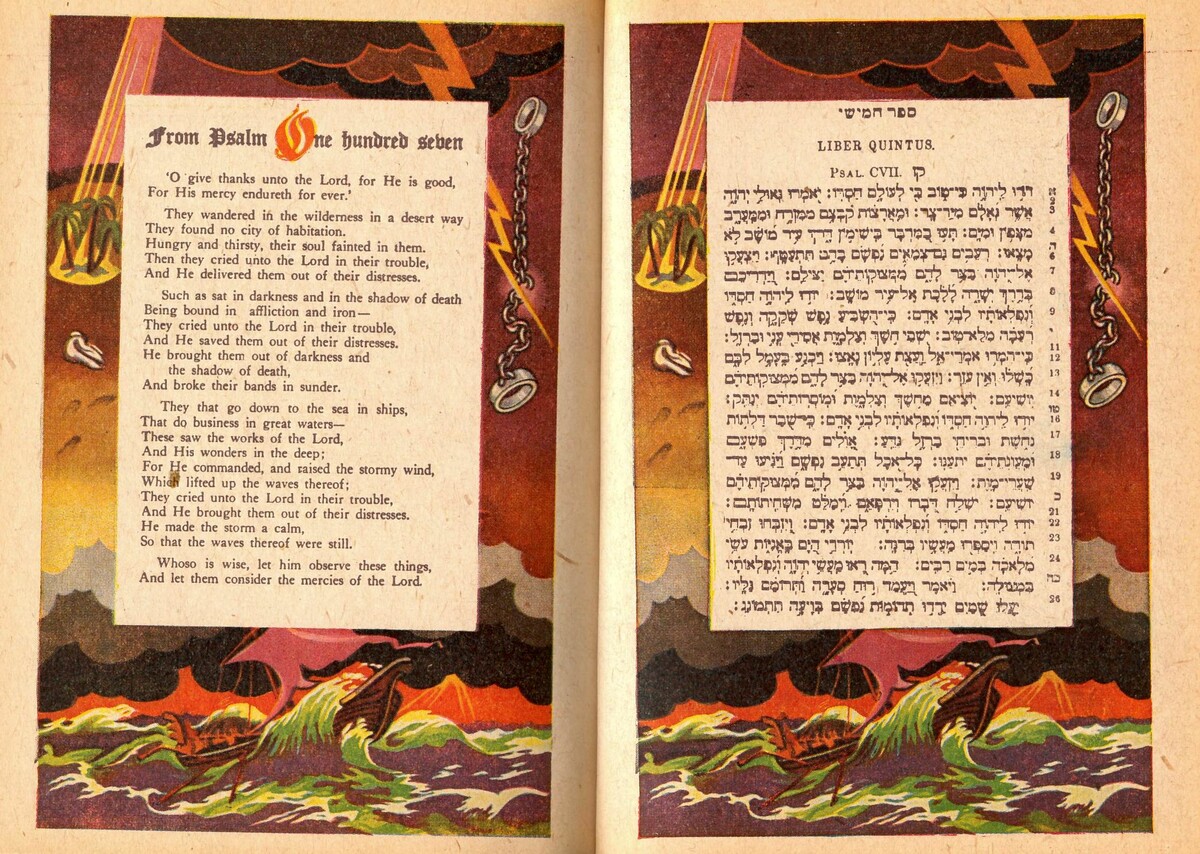
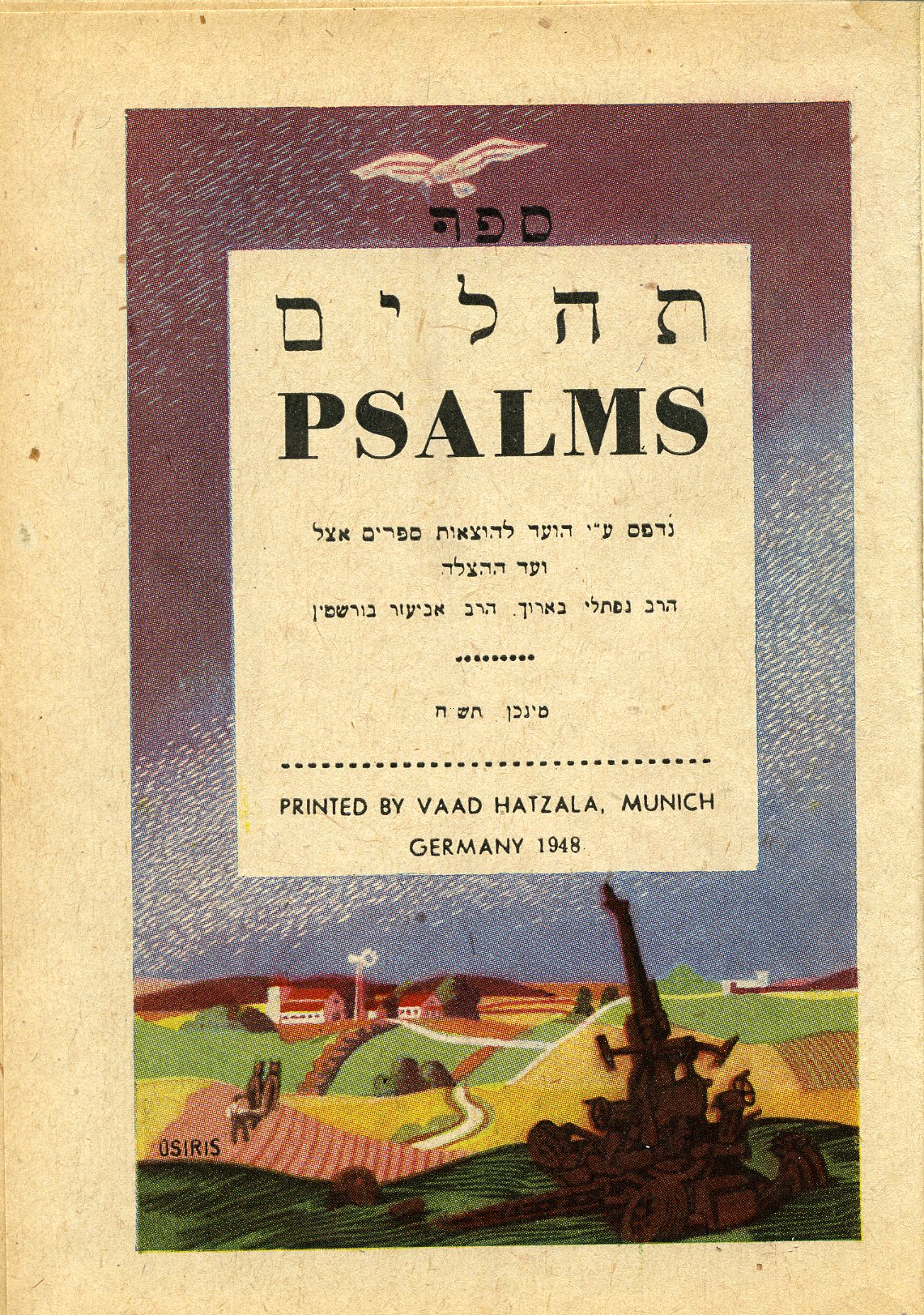
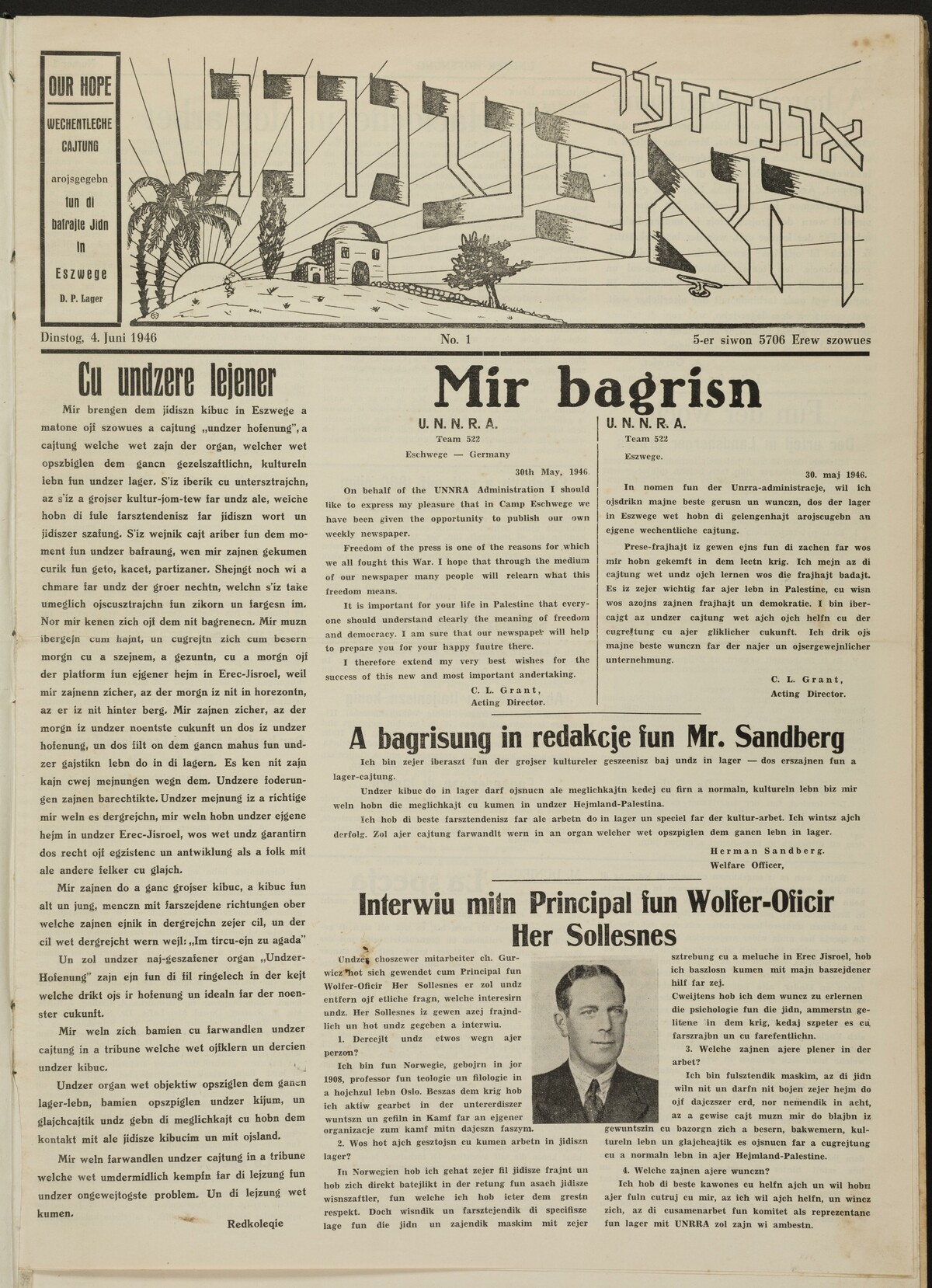
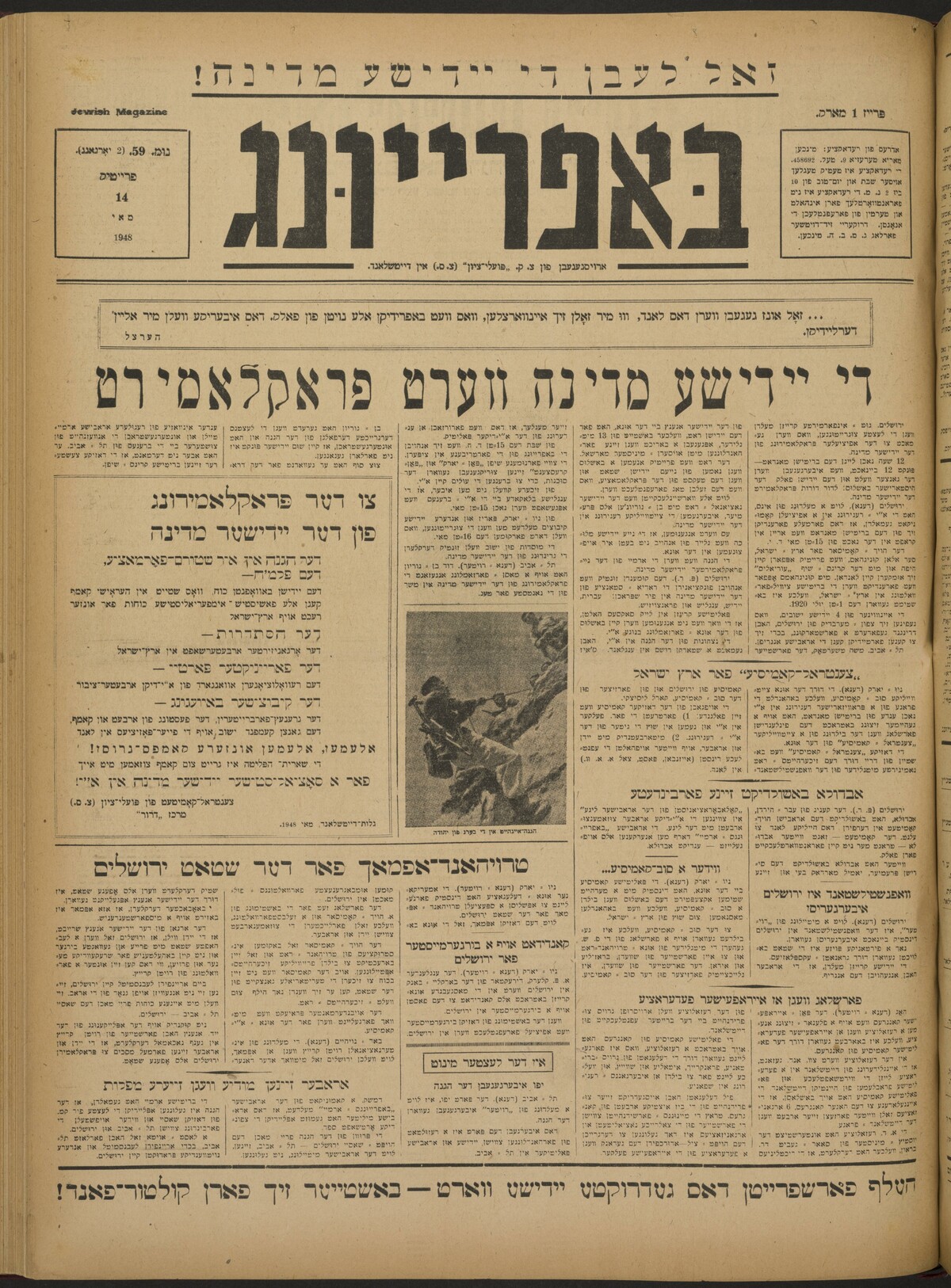
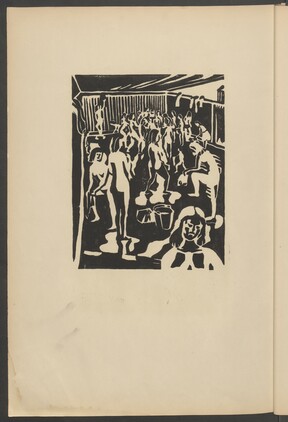
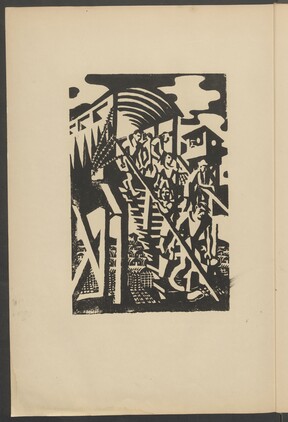
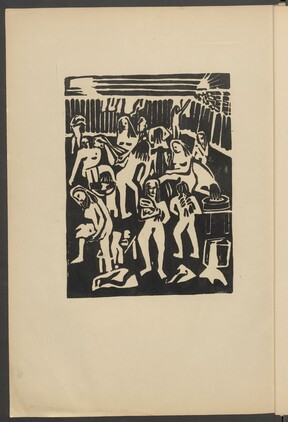
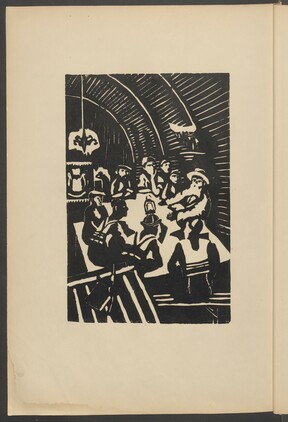
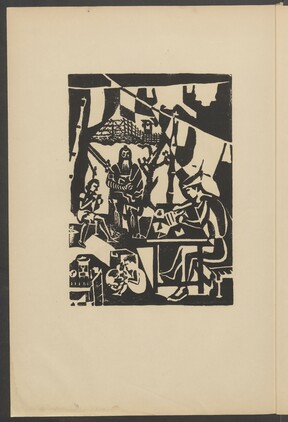
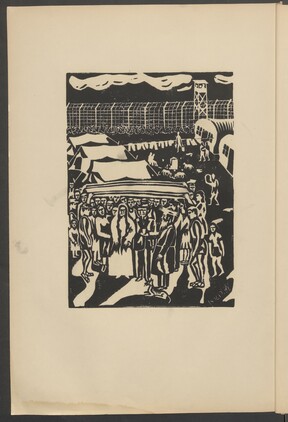
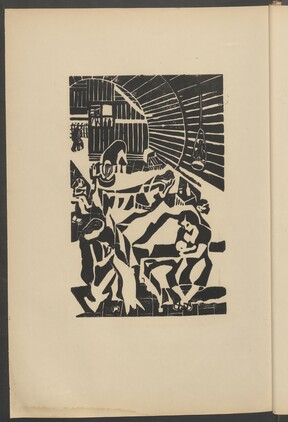
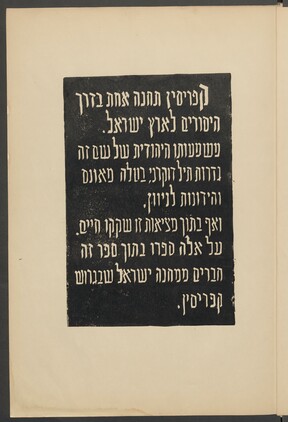

![A Waqf document (Stiftungsurkunde) dated 1132 h. [1719] in the form of a scroll, from Mashhad](/fileadmin/_processed_/0/2/csm_Hs._or._14671_Waqf_Persisch_567615ef48.jpg)
